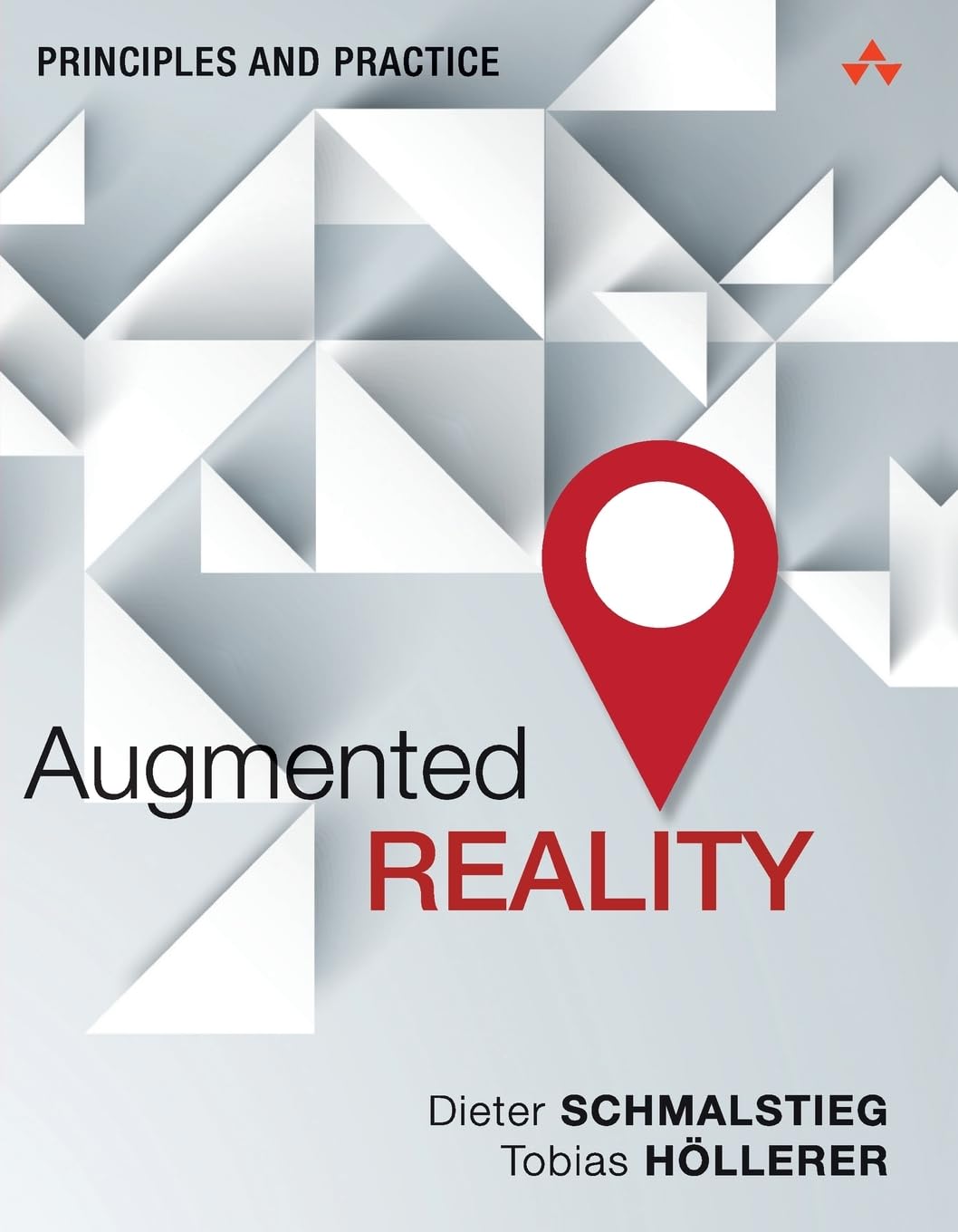Your cart is currently empty!
Tag: Usability

A Comprehensive Review of the Fujitsu fi8170 Scanner: Features, Performance, and Usability
The Fujitsu fi8170 scanner is a high-performance document scanner that is designed to meet the needs of businesses and organizations that require fast and efficient scanning capabilities. In this comprehensive review, we will take a closer look at the features, performance, and usability of this impressive scanner.Features:
The Fujitsu fi8170 scanner comes equipped with a range of features that set it apart from other scanners on the market. One of the key features of this scanner is its high-speed scanning capabilities, with the ability to scan up to 60 pages per minute in black and white or grayscale, and up to 30 pages per minute in color. This makes it ideal for businesses that have a high volume of documents to scan on a regular basis.
In addition to its impressive scanning speed, the Fujitsu fi8170 scanner also offers a range of advanced features that make it easy to use and versatile. These include automatic document feeding, double-sided scanning, and ultrasonic multi-feed detection, which helps to ensure that all documents are scanned accurately and efficiently.
Performance:
When it comes to performance, the Fujitsu fi8170 scanner delivers excellent results. The scanner is able to produce high-quality scans with a resolution of up to 600 dpi, ensuring that all documents are captured with crisp, clear images and text. The scanner also offers a range of image enhancement features, such as automatic color detection and image cleanup, which help to improve the overall quality of scanned documents.
Usability:
One of the key advantages of the Fujitsu fi8170 scanner is its ease of use. The scanner is designed with a user-friendly interface that makes it simple to operate, even for those who are not familiar with scanning technology. The scanner also comes with a range of software applications that help to streamline the scanning process, such as Fujitsu’s PaperStream IP software, which offers advanced image processing capabilities and automatic document sorting.
Overall, the Fujitsu fi8170 scanner is a top-of-the-line document scanner that offers a range of impressive features, excellent performance, and user-friendly design. Whether you are a small business looking to streamline your document scanning process, or a large organization in need of a high-speed, high-quality scanner, the Fujitsu fi8170 scanner is sure to meet your needs.
![Augmented Reality: Principles and Practice [Usability]](https://ziontechgroup.com/wp-content/uploads/2024/11/1732154251_s-l500.jpg)
Augmented Reality: Principles and Practice [Usability]

Augmented Reality: Principles and Practice [Usability]
Price : 21.49
Ends on : N/A
View on eBay
Augmented Reality: Principles and Practice [Usability]Augmented reality (AR) is a rapidly growing field with a wide range of applications, from gaming and entertainment to education and healthcare. However, for AR to truly be effective and user-friendly, it must adhere to certain principles of usability.
Usability in AR refers to how easily and efficiently users can interact with and navigate through AR content. This includes factors such as intuitiveness, responsiveness, and overall user experience. In order to ensure a positive user experience, AR developers must consider the following principles:
1. User-centered design: AR applications should be designed with the end user in mind. This means understanding the needs, preferences, and limitations of the target audience and creating a user interface that is intuitive and easy to navigate.
2. Contextual awareness: AR content should be contextually relevant and responsive to the user’s surroundings. This includes factors such as location, lighting, and user movement, which can affect the visibility and usability of AR content.
3. Feedback and guidance: Providing clear feedback and guidance to users is essential for ensuring usability in AR. This can include visual cues, audio prompts, and haptic feedback to help users understand how to interact with AR content.
4. Performance optimization: AR applications should be optimized for performance to ensure smooth and seamless user interactions. This includes factors such as minimizing latency, optimizing graphics rendering, and reducing battery consumption.
5. Accessibility: AR applications should be accessible to users of all abilities, including those with disabilities. This includes factors such as providing alternative input methods, adjustable font sizes, and audio descriptions for visually impaired users.
By adhering to these principles of usability, AR developers can create immersive and engaging experiences that are intuitive, responsive, and user-friendly. Ultimately, usability is key to the success of AR applications and plays a crucial role in shaping the future of this exciting technology.
#Augmented #Reality #Principles #Practice #Usability
Augmented Reality: Principles and Practice (Usability)
Price:$59.99– $50.98
(as of Nov 22,2024 00:45:09 UTC – Details)
Publisher : Addison-Wesley Professional; 1st edition (June 3, 2016)
Language : English
Paperback : 528 pages
ISBN-10 : 0321883578
ISBN-13 : 978-0321883575
Item Weight : 1.45 pounds
Dimensions : 7.05 x 0.95 x 9 inches
Augmented Reality: Principles and Practice (Usability)Augmented Reality (AR) is a rapidly growing technology that has the potential to revolutionize the way we interact with the world around us. From gaming and entertainment to healthcare and education, AR has the ability to enhance our experiences in a wide range of industries.
One of the key factors that determines the success of an AR application is its usability. In order for AR technology to be effective, it must be intuitive, easy to use, and seamlessly integrated into the user’s environment. This requires careful consideration of the principles of usability in the design and development of AR applications.
Some key principles of usability that should be considered when designing AR applications include:
1. Intuitiveness: AR applications should be intuitive and easy to use, even for users who are not familiar with the technology. This means providing clear instructions, simple navigation, and easily recognizable interactive elements.
2. Consistency: Consistency in the design and functionality of an AR application is essential for ensuring a positive user experience. Users should be able to easily predict how the application will behave in different situations and contexts.
3. Feedback: Providing feedback to users is crucial for guiding them through the AR experience. This can include visual cues, audio prompts, and haptic feedback to let users know when they are interacting with virtual objects or navigating through the environment.
4. Accessibility: AR applications should be accessible to users of all abilities, including those with disabilities. This means designing interfaces that are easy to navigate with assistive technologies and providing alternative input methods for users who may have difficulty interacting with traditional interfaces.
By following these principles of usability, developers can create AR applications that are not only innovative and engaging but also user-friendly and accessible to a wide range of users. In doing so, they can help to unlock the full potential of AR technology and bring it into the mainstream for everyday use.
#Augmented #Reality #Principles #Practice #Usability
